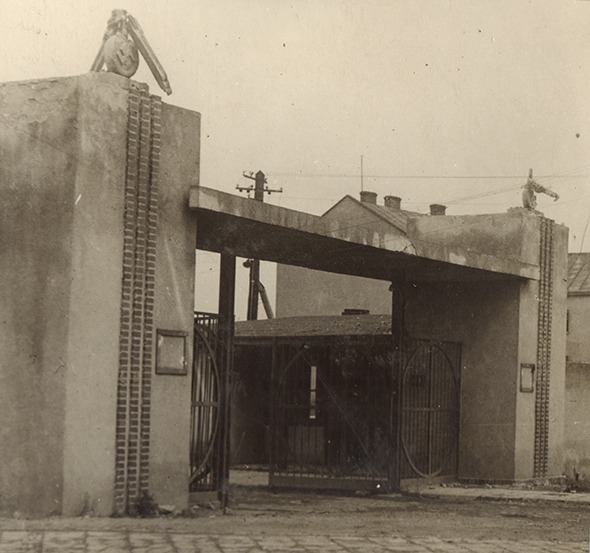Janowska Concentration Camp
Janowska Concentration Camp In September of 1941, the Nazis set up a factory on Janowska Street in Lvov, Poland for forced labor. This was… Read More »Janowska Concentration Camp
Janowska Concentration Camp In September of 1941, the Nazis set up a factory on Janowska Street in Lvov, Poland for forced labor. This was… Read More »Janowska Concentration Camp
